
The Exclusionary Rule: Mapp v. Ohio
Ah, the law! It’s like a game of chess, but instead of pawns and knights, you have rights and evidence. One of the most pivotal moments in this legal chess match was the case of Mapp v. Ohio in 1961. This case didn’t just shuffle the pieces around; it flipped the whole board! 🎉
So, what’s the big deal? Well, Mapp v. Ohio brought the exclusionary rule into the spotlight. This rule is like the bouncer at a nightclub, keeping out evidence obtained through illegal means. If the cops didn’t play by the rules—like, say, not having a warrant—then that evidence is denied entry into the courtroom. No cover charges here!
What Happened in Mapp v. Ohio?
In the early 1950s, Dollree Mapp's house was searched without a warrant by police looking for a fugitive. Instead of finding a fugitive, they stumbled upon some rather unflattering materials (we're talking about obscene books). Mapp was charged, but she wasn’t having any of it. She argued that the evidence against her was obtained illegally. Talk about a plot twist!
The case made its way to the Supreme Court, where the justices had to decide whether the exclusionary rule, which had been established in federal cases, also applied to state courts. Spoiler alert: They decided it did! This was a game-changer for criminal procedure.
Why Does This Matter?
The Mapp decision meant that the Fourth Amendment, which protects against unreasonable searches and seizures, wasn’t just a suggestion for federal agents; it was a mandate for state officials too. Imagine if every state could just ignore the Fourth Amendment like it was an old gym membership—no thanks! 💪
Since Mapp v. Ohio, more than half of the states have adopted the exclusionary rule in some form. It’s like a legal trend that just won’t quit. While some states initially resisted, they’ve come around, realizing that allowing illegally obtained evidence is like inviting a raccoon to a picnic. It’s bound to cause chaos!
What’s the Takeaway?
In short, Mapp v. Ohio solidified the exclusionary rule, ensuring that evidence obtained through illegal searches doesn’t make it into the courtroom. This case is a prime example of how the law can evolve and adapt, much like fashion—sometimes you just have to say “no” to those bell-bottoms (or illegal searches).
So next time you hear about a police search gone wrong, remember Mapp and the bouncer-like exclusionary rule keeping the courtroom a safe space for justice. After all, nobody wants to see a criminal trial turn into an episode of “Cops: The Uncut Version.”
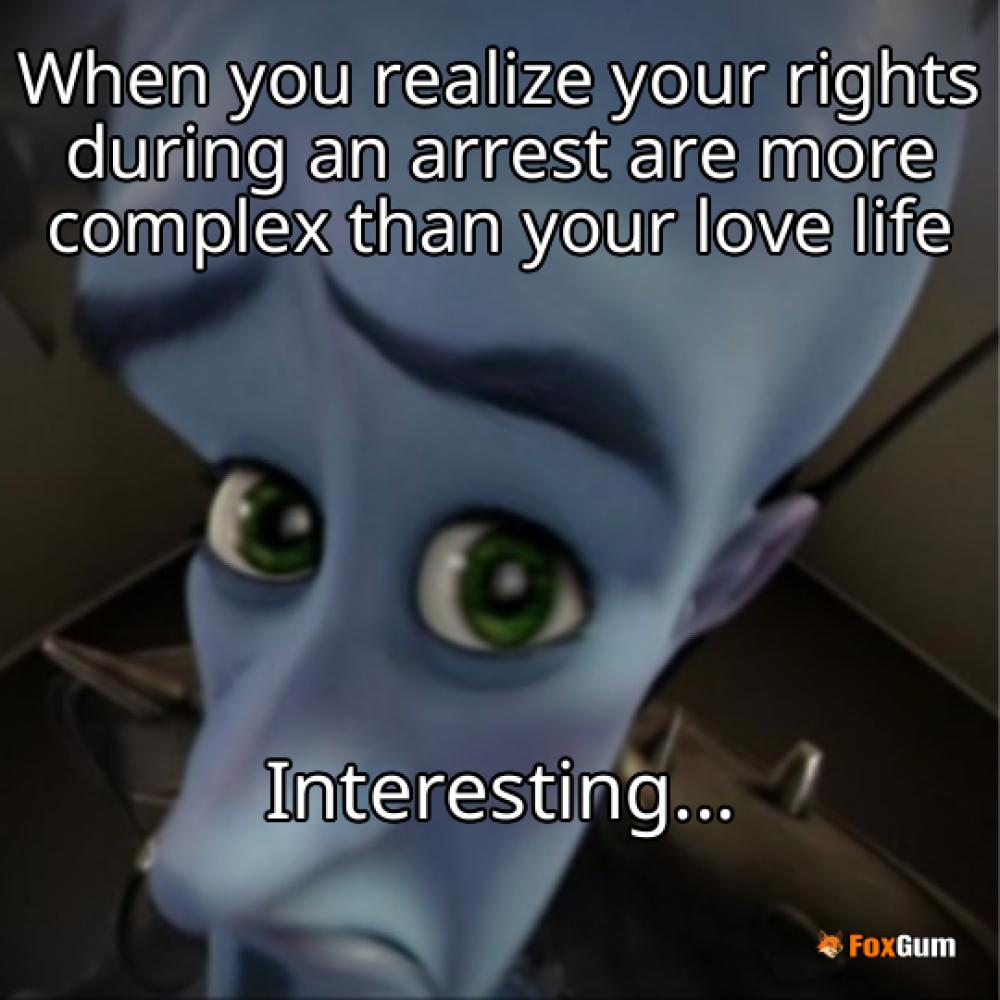









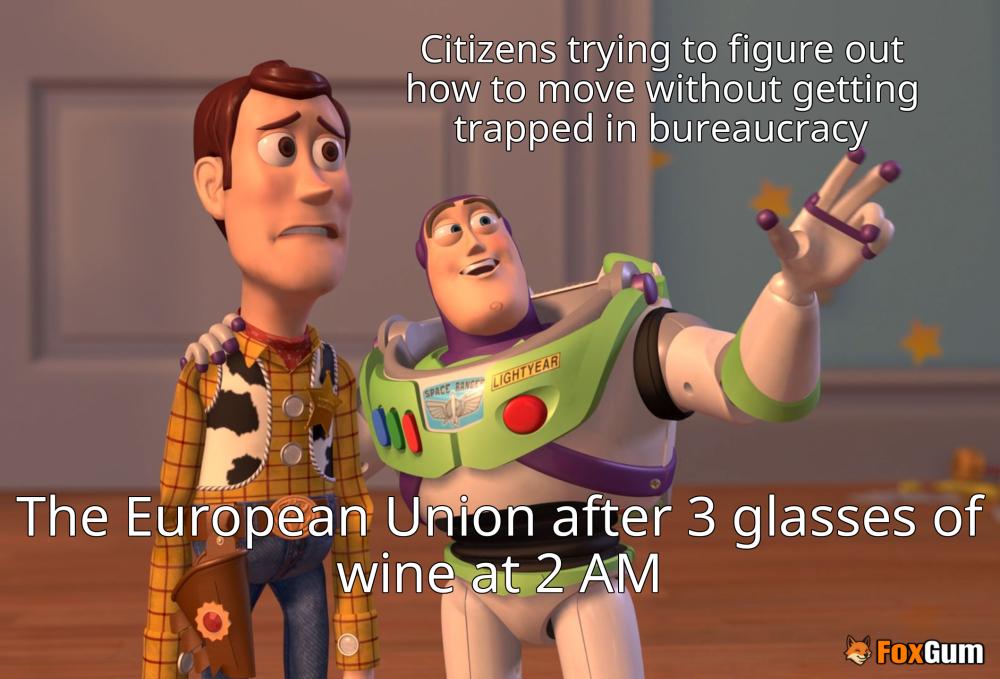
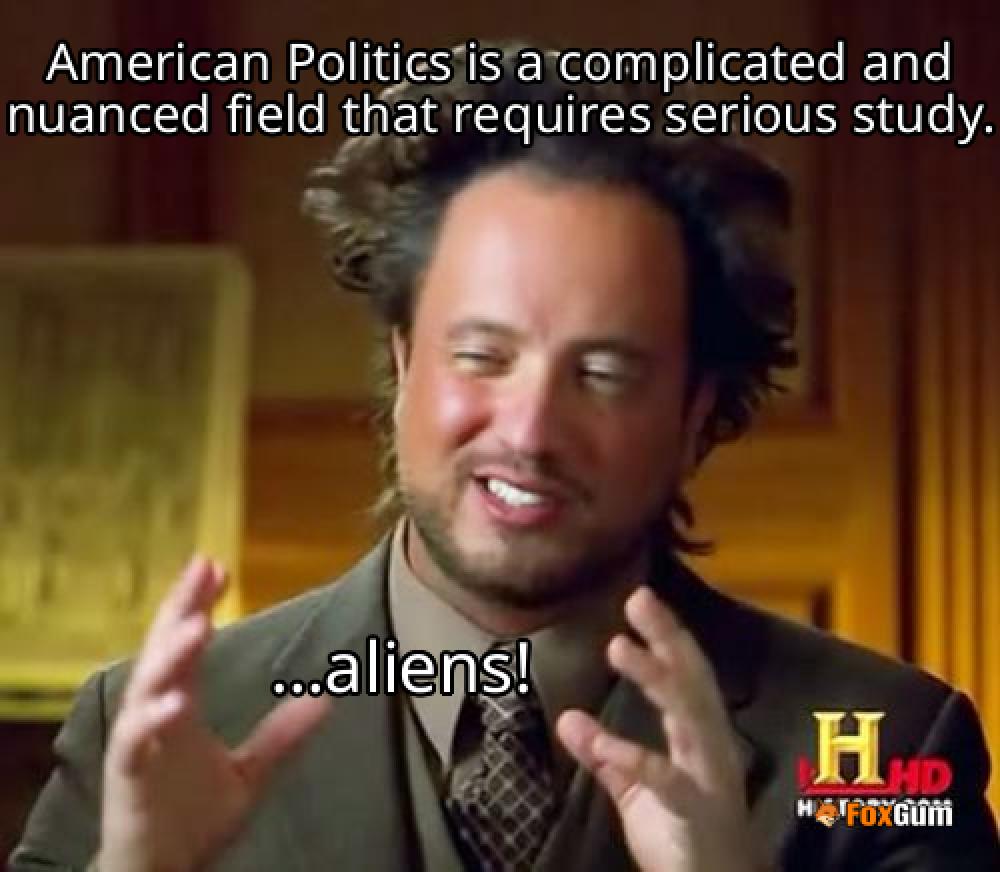
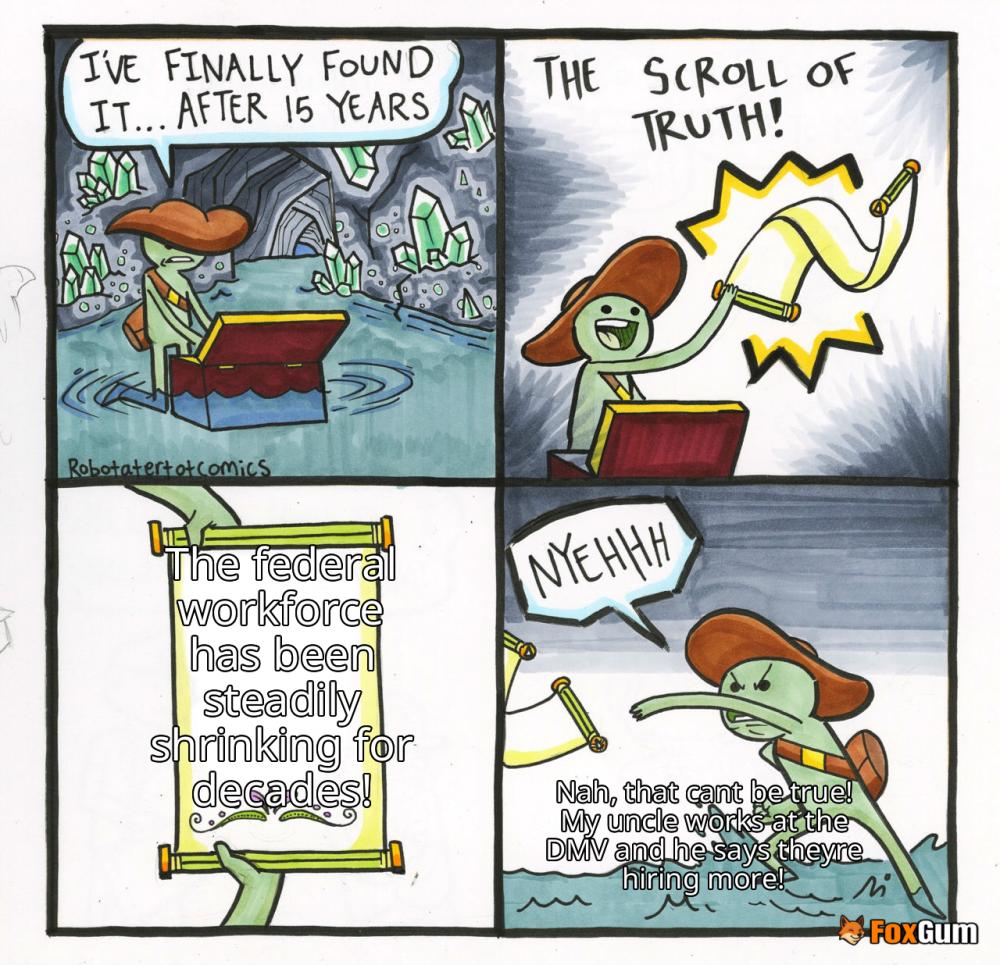




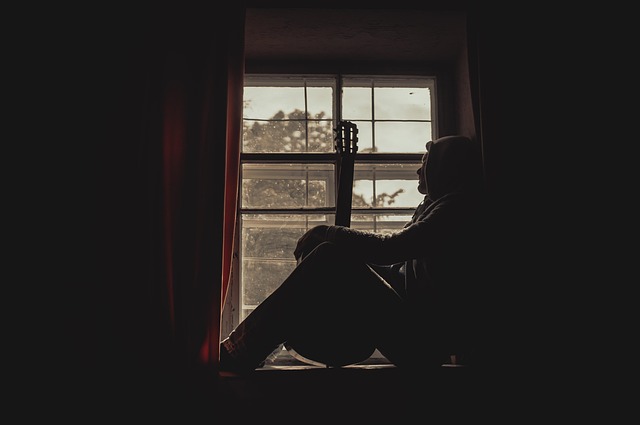


 The Election Participation Rate in Canada for 2025
The Election Participation Rate in Canada for 2025 
 Health
Health  Fitness
Fitness  Lifestyle
Lifestyle  Tech
Tech  Travel
Travel  Food
Food  Education
Education  Parenting
Parenting  Career & Work
Career & Work  Hobbies
Hobbies  Wellness
Wellness  Beauty
Beauty  Cars
Cars  Art
Art  Science
Science  Culture
Culture  Books
Books  Music
Music  Movies
Movies  Gaming
Gaming  Sports
Sports  Nature
Nature  Home & Garden
Home & Garden  Business & Finance
Business & Finance  Relationships
Relationships  Pets
Pets  Shopping
Shopping  Mindset & Inspiration
Mindset & Inspiration  Environment
Environment  Gadgets
Gadgets  Politics
Politics 